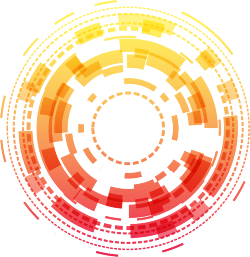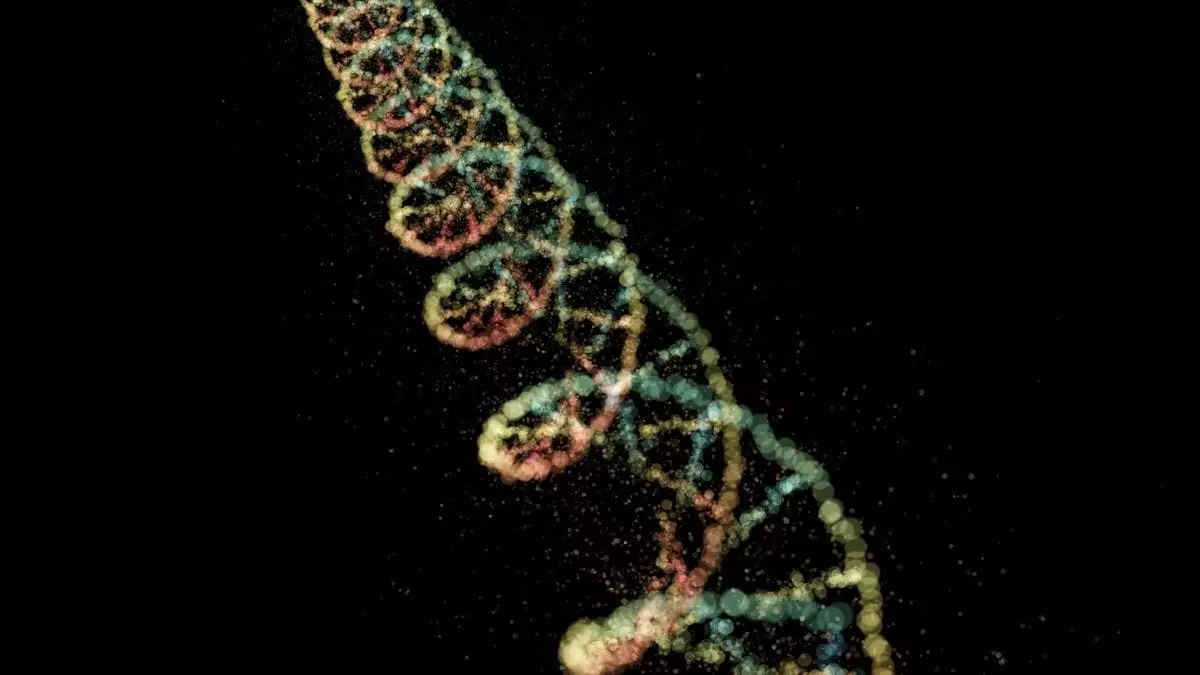The intersection of genetic mutations and epigenetic alterations has become an intriguing focal point in the scientific discourse surrounding biological aging. Recent studies provide a compelling narrative suggesting that these two biological phenomena are more intertwined than previously recognized. This evolving understanding may not only redefine how we conceptualize and measure aging but also presents new frameworks for anti-aging research and therapeutic interventions.
Aging has long been linked to genetic mutations, which accumulate over time due to various factors, such as cellular replication errors and environmental exposures. These mutations are often implicated in age-related ailments, including cancer and neurodegenerative disorders. However, many scholars argue that mutations alone provide an incomplete picture of the aging process. The challenge lies in discerning whether these genetic changes are merely passive reflections of aging or central drivers behind the biological clock ticking within our cells.
An important advancement in this field comes from the characterization of epigenetic changes, which modify gene expression without altering the underlying DNA sequence. Researchers have utilized “epigenetic clocks”—biomarkers measuring DNA methylation patterns—as tools to estimate biological age. The realization that genetic mutations may influence these epigenetic markers invites a more nuanced analysis of aging-related mechanisms.
A pivotal study published in *Nature Aging* reveals a notable correlation between random genetic mutations and subsequent epigenetic modifications, potentially framing a new narrative about the aging process. This correlation suggests that as mutations accumulate, they may instigate changes to the epigenetic landscape, thus accelerating biological aging. Distinctively, the study indicates that certain mutated DNA sites provoke specific epigenetic transformations, creating cascading impacts throughout the genome.
A noteworthy discovery by experts, including Dr. Steven Cummings and Professor Trey Ideker, highlights a pattern of DNA methylation loss at mutated loci. Conversely, adjacent non-mutated regions show increased methylation, demonstrating a ripple effect extending beyond the initial mutation site. While the mechanics behind these phenomena warrant further exploration, the implications are profound. Understanding how and to what extent mutations drive epigenetic shifts—and vice versa—remains an essential area of scrutiny.
The implications of these findings for longevity research and anti-aging strategies are significant. If genetic mutations are found to be the primary drivers of aging, a critical pivot in research focus may be necessary. The complexity involved in reversing mutations poses a substantial challenge compared to the relative malleability of epigenetic markers. Should future research confirm that epigenetic changes are principally symptomatic of underlying genetic erosion, this might reorient therapeutic strategies towards stabilizing genetic integrity as the cornerstone of anti-aging methodologies.
Conversely, if epigenetic changes are established as active participants in aging, this could lead to novel interventions targeting the epigenetic modifiers. Hence, this emerging dialogue between genetics and epigenetics in aging research underscores a need for integrative approaches that explore the broader biological landscapes influencing lifespan.
Scientific inquiry into this intricate relationship is still in its infancy. Comprehensive longitudinal studies that meticulously track both genetic mutations and corresponding epigenetic changes across diverse cohorts, especially non-cancerous tissues, are essential. Such studies may offer more generalized insights applicable to the aging population at large.
Furthermore, experimental paradigms that allow the induction of specific mutations in cellular models can unveil how such alterations modulate epigenetic responses over time. Such approaches promise to refine the robustness of epigenetic clocks, while simultaneously illuminating the molecular mechanisms steering the aging process.
Advancements in understanding the interplay between genetic mutations and epigenetic modifications signify a promising frontier in aging research. As scholars continue to decipher these biological underpinnings, the ultimate goal remains: to harness this knowledge into actionable therapies that prolong not merely life but healthy, functional longevity.


Leave a Reply